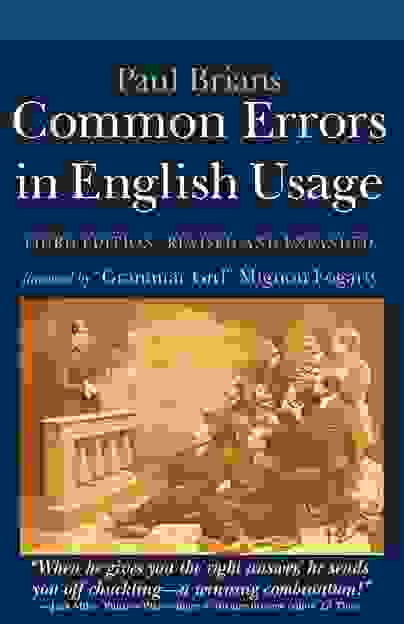Знание английского для ИТ специалиста — это одно из важнейших профессиональных качеств. Поэтому процесс изучения английского языка должен быть непрерывным. Для изучения рекомендую сайт Common Errors in English Usage, где собрано много типичных ошибок использования различных слов и выражений.
Сайт: http://www.wsu.edu/~brians/errors/errors.html. Также доступна текстовая версия. Сайт является онлайн версией книги «Common Errors in English Usage»:

Демо-пример: что означают «i.e.» и «e.g.» и в чем между ними разница:
Happy learning!
Сайт: http://www.wsu.edu/~brians/errors/errors.html. Также доступна текстовая версия. Сайт является онлайн версией книги «Common Errors in English Usage»:

Демо-пример: что означают «i.e.» и «e.g.» и в чем между ними разница:
«When you mean “for example,” use e.g. It is an abbreviation for the Latin phrase exempli gratia. When you mean “that is,” use “i.e.” It is an abbreviation for the Latin phrase id est. Either can be used to clarify a preceding statement, the first by example, the second by restating the idea more clearly or expanding upon it. Because these uses are so similar, the two abbreviations are easily confused. If you just stick with good old English “for example” and “that is” you won’t give anyone a chance to sneer at you. If you insist on using the abbreviation, perhaps “example given” will remind you to use “e.g.,” while “in effect” suggests “I.E.” Since e.g. indicates a partial list, it is redundant to add “etc.” at the end of a list introduced by this abbreviation.
Happy learning!